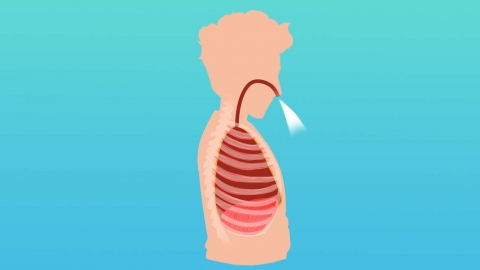What is a left-sided diaphragmatic hernia?
Generally, left-sided diaphragmatic hernia refers to the condition in which abdominal organs or tissues enter the thoracic cavity through a weak spot or defect in the left side of the diaphragm. Detailed analysis is as follows:

A left-sided diaphragmatic hernia is a disorder caused by abdominal organs passing through a weakened area or defect in the left diaphragm into the chest cavity. Causes include both congenital and acquired factors. Congenital cases are mostly due to incomplete closure of the left diaphragmatic tissue during fetal development, leaving a weak gap. Acquired cases are often caused by trauma leading to rupture of the left diaphragm, or by prolonged increased intra-abdominal pressure that gradually enlarges a pre-existing weak area, allowing abdominal organs such as the stomach and intestines to protrude into the thoracic cavity, compressing lung tissue and the heart, thereby impairing normal physiological functions.
In daily life, it is important to avoid strenuous exercise, excessive bending, or other activities that may increase abdominal pressure, to prevent further herniation of abdominal organs into the chest. If symptoms such as chest pain, shortness of breath, nausea, or vomiting occur, medical attention should be sought immediately to avoid treatment delays. Regarding diet, it is recommended to eat small, frequent meals and avoid overeating to reduce gastrointestinal burden. Regular follow-up examinations are necessary to monitor disease progression, and patients should follow medical advice in choosing appropriate treatment options.





